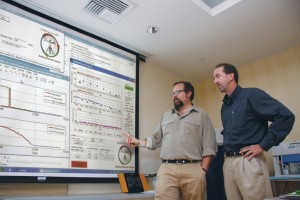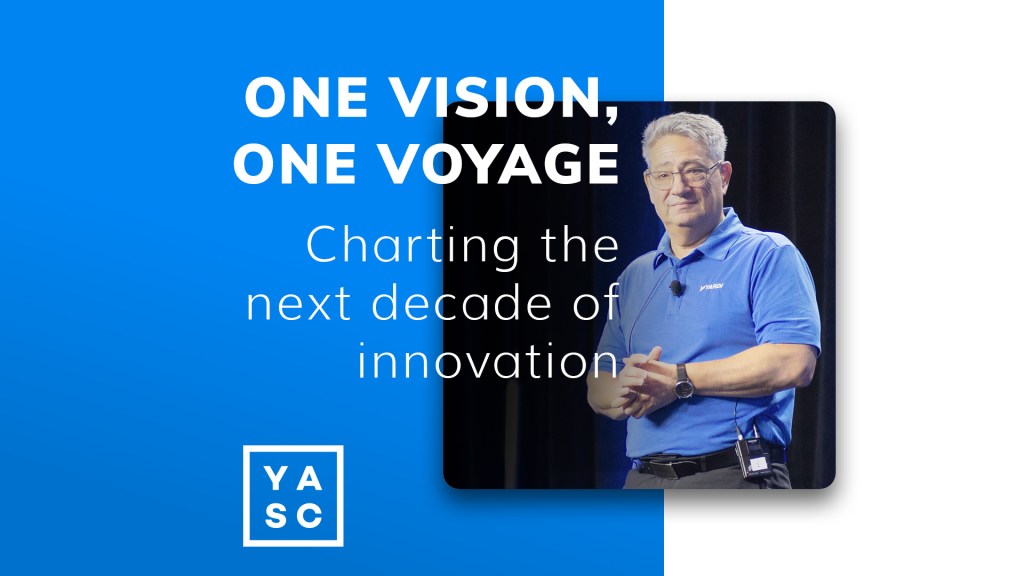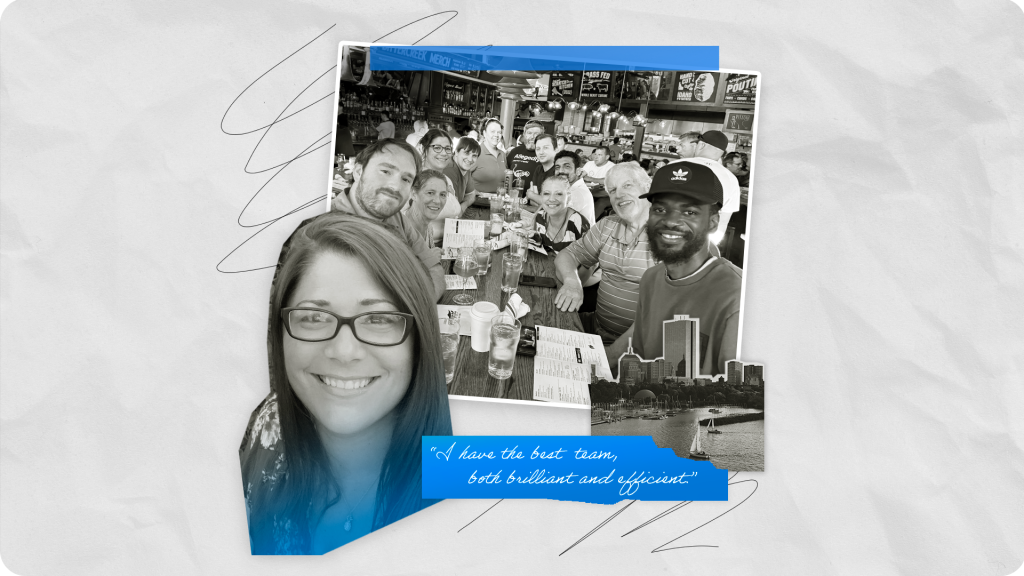By Leah Etling on July 30, 2013 in People
The Sansum Diabetes Research Institute might be better known outside of Santa Barbara than in its own hometown, where the historic medical research facility has a long history of making real strides in the treatment of diabetes.
Founded by Dr. William D. Sansum in 1944, Sansum Diabetes was the place where Dr. Sansum continued his revolutionary work on the disease. He was the first doctor in the U.S. to produce and inject patients with insulin, starting in 1922. The pioneering treatment saved lives and ultimately became the insulin-replacement approach used worldwide for patients with both type 1 and type 2 diabetes.
 “Dr. Sansum’s work changed the diagnosis of Type 1 diabetes from being a death sentence, to a manageable chronic disease,” said Sarah Ettman-Sterner, Director of Communications. Today, programs include scientific research and development of exciting new diabetes treatments, as well as education and outreach to local patients.
“Dr. Sansum’s work changed the diagnosis of Type 1 diabetes from being a death sentence, to a manageable chronic disease,” said Sarah Ettman-Sterner, Director of Communications. Today, programs include scientific research and development of exciting new diabetes treatments, as well as education and outreach to local patients.
Here is a look at the non-profit’s current work:
-Development of an artificial pancreas, which will be a ground-breaking treatment for patients with type 1 diabetes, who do not produce any insulin. Essentially the creation of a “smart” insulin pump that automates the laborious process blood glucose monitoring and insulin delivery, Sansum researchers are partnering with UC Santa Barbara’s Department of Chemical Engineering. The scientific team devised the algorithm that regulates the device’s decision-making. Now in clinical trials, the hope is that early versions of the artificial pancreas could be approved by the FDA and available for mass production in the not too distant future.
“The artificial pancreas will take the guesswork, thinking, and a lot of the stress that comes with diabetes management, away from people who have diabetes,” Ettman-Sterner said. So far, the clinical trials are showing that the system is very effective in automating insulin delivery and blood glucose monitoring. It’s being tested using different types of insulin and insulin pumps to determine what will be most efficient and effective for the widest range of diabetes patients with unique lifestyle and medical needs.
-Continuing research on diabetes and pregnancy. Dr. Lois Jovanovič, Chief Scientific Officer, is known in the international medical community for her pioneering work on diabetes and pregnancy. Dr. Jovanovič is a researcher whose work has helped thousands of women with diabetes deliver normal, healthy babies. Maintaining strict control of blood glucose throughout pregnancy is the key to her treatment strategy, and the work has “changed the world  of diabetes and pregnancy” over the last three decades.
of diabetes and pregnancy” over the last three decades.
Today, Dr. Jovanovič continues to conduct important studies of women whose pregnancies are complicated by diabetes. An upcoming study, to be held in Santa Barbara and named CONCEPTT, will focus on continuous blood glucose monitoring of patients during pregnancy. The long term project is using technology to provide real time measurements of blood glucose via a device about the size of a quarter with a thin wire that goes underneath the skin. Readings are collected every five minutes and transmitted back to a receiver. The study will help answer the question, “Will knowing blood glucose levels throughout the day and night, using a continuous glucose monitoring device, improve the health of pregnant women with type 1 diabetes and their babies.”
-Local education and outreach. Collaborating with the County of Santa Barbara Public Health Department and the Santa Barbara Neighborhood Clinics, Sansum Diabetes is also a social safety net for pregnant diabetic women and others with diabetes who have little to no health insurance. With a variety of grant-funded efforts that are a grass-roots solution to diabetes prevention and treatment, the goal is to prevent and treat diabetes with self-care programs in Spanish that reach people where they live.
In addition to crucial care and monitoring for women who have diabetes and are pregnant, health education efforts include developing “Promotoras,” bilingual community health educators who work with women at risk for diabetes before, during and after pregnancy. Another program, named Ocho Pasos (Eight Steps), educates patients in Spanish about the basics of diabetes, including vocabulary, how to keep the disease in check, the importance of healthy diet and exercise, how to lower blood sugar and more. Other education initiatives include Ready2Move, a youth health advocacy program designed for young people who are at risk of developing the disease.
“We find that the people we serve are really interested in learning, and motivated to change their self-care, diet and lifestyle habits, they just need support. The native language instruction is very helpful in that regard,” Ettman-Sterner said. Education and outreach programs reach more than 1400 diabetes patients each year in the greater Santa Barbara County area.
Yardi is proud to support the groundbreaking work of the Sansum Diabetes Research Institute with philanthropic support.






